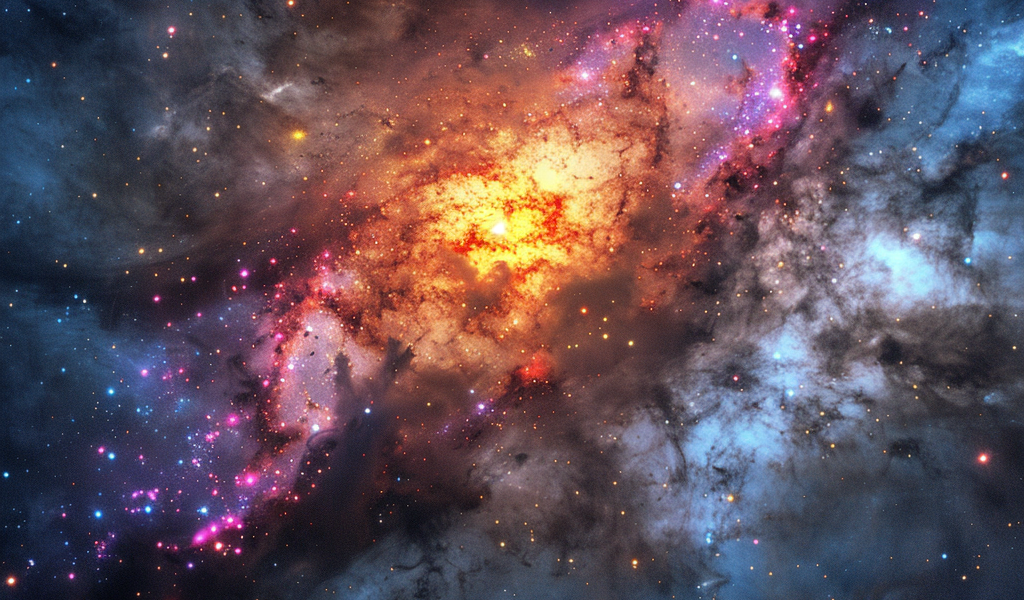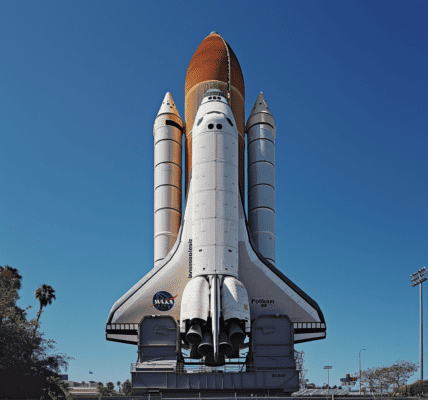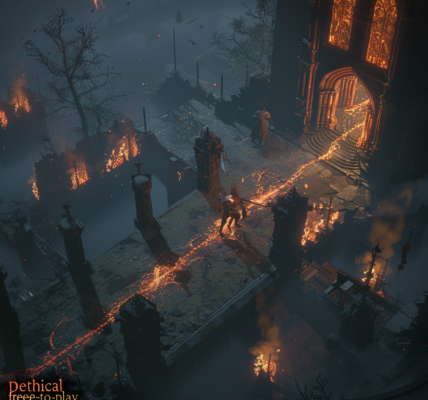In its inaugural year of operation, the James Webb Space Telescope (JWST) has made significant discoveries, including capturing the sharpest views of celestial structures such as the Pillars of Creation and obtaining transmission spectra from exoplanet atmospheres. However, the telescope’s first year of observation also yielded an unexpected revelation in the form of a series of little red dots in a specific region of the night sky.
These little red dots, observed as part of Webb’s Emission-line galaxies and Intergalactic Gas in the Epoch of Reionization (EIGER) and the First Reionization Epoch Spectroscopically Complete Observations (FRESCO) surveys, are now believed to be galactic nuclei containing the precursors of Supermassive Black Holes (SMBHs) that existed during the early Universe. This discovery, made by an international team of astrophysicists led by Jorryt Matthee, an Assistant Professor in astrophysics at the Institute of Science and Technology Austria (ISTA) and ETH Zürich, could potentially revolutionize our understanding of the formation of the first SMBHs in the Universe.
The team’s findings, published in a recent study in The Astrophysical Journal, have significant implications for our understanding of the early Universe. The research involved collaboration with scientists from the MIT Kavli Institute for Astrophysics and Space Research, the Cosmic Dawn Center (DAWN), the National Astronomical Observatory of Japan (NAOJ), the Niels Bohr Institute, the Max Planck Institute for Astronomy (MPIA), the Centro de Astrobiología (CAB), and multiple universities and observatories.
Supermassive Black Holes are known to exist at the centers of most massive galaxies, with some remaining relatively dormant while others exhibit rapid growth, powering luminous Active Galactic Nuclei (AGNs) or quasars. The discovery of these little red dots in the early Universe has the potential to reshape our understanding of the cosmic phenomena that shaped the formation and evolution of galaxies and black holes.





